Prebiotics for your probiotics
This article was originally published in October 2015
So you eat sauerkraut, drink kombucha, and take a multi-strain probiotic supplement because you know how important these “good bacteria” are for your health, right? But are you feeding those good bacteria their favorite food: prebiotic fiber?
“Prebiotic” is a fancy name for soluble fibers that are not digestible by humans but are the preferred “food” for our gut bacteria, especially in the colon. Prebiotics come in a variety of shapes and sizes, and consuming a variety of prebiotic-rich foods is ideal for optimizing their benefits, as each type works most effectively in a different region of the GI tract.
Inulin, FOS (fructooligosaccharide) and other oligosaccharides are some of the most prevalent prebiotics found in root vegetables, beans, whole grains, honey and the sap of the agave plant. Inulin and FOS are sometimes added to yogurts,
cereals and supplements to boost their prebiotic fiber content.
Where do I find prebiotics?
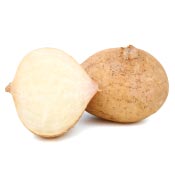
Jicama
This starchy tuber is often used in Mexican cuisine, served raw with a squeeze of lime juice and chili powder. Jicama is a great source of prebiotic fiber, as well as vitamin C and potassium.
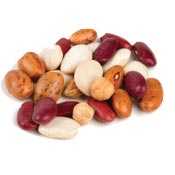
Beans, legumes and grains
All beans and legumes have a prebiotic effect, primarily from oligosaccharides, which are the fibers that cause some people to have gas after eating beans. Whole wheat, oats and corn all contain prebiotic fibers in their bran.
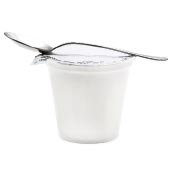
Fermented dairy
During the fermentation of dairy products such as kefir and yogurt, some of the lactose is converted into the prebiotic galactooligosaccharide (GOS). This prebiotic also is found naturally in human breast milk, suggesting its essentiality in the human diet.
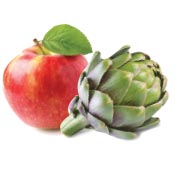
Other vegetables and fruits
Artichoke hearts, asparagus, apples and alliums (onions, garlic, leeks) also provide some prebiotic fiber, which remains intact during cooking.
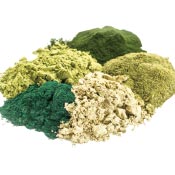
Supplements
Soluble fiber supplements such as pectin, acacia gum and psyllium also boost our bifidobacteria and are therefore considered prebiotics. Spirulina (and other green foods) also have prebiotic effects.
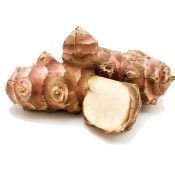
Sunchokes
Also known as a Jerusalem artichoke, this root vegetable can be enjoyed raw (grated on salads) but generally is cooked — either roasted in the oven or mashed as you would potatoes for soups, chowders and side dishes. Sunchokes also are a good source of iron and B-vitamins.
A few fun facts
- Supplements of prebiotics (FOS) have been shown to reduce the number of sick days for children as well as reduce the number of times infants are prescribed antibiotics.
- Prebiotics can increase our absorption of calcium and magnesium from foods.
- Researchers estimate that our Paleolithic ancestors ate more than 100g/day of prebiotic fiber! Today, Americans eat less than 15g/day of total dietary fiber.
